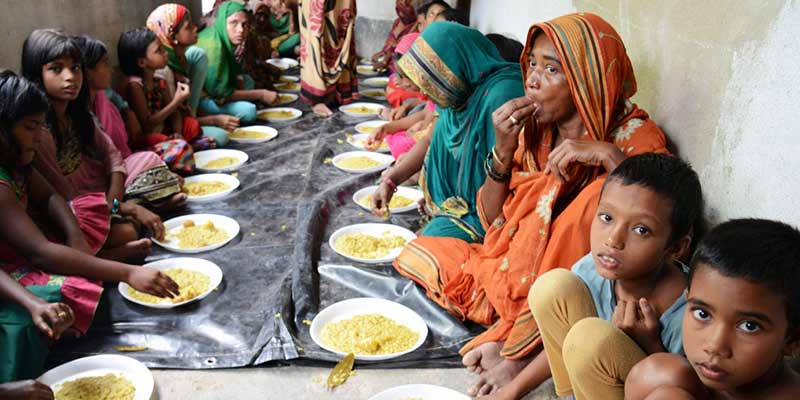- India
- Jul 11
Explainer / World Food Programme
Union Minister of Agriculture and Farmers’ Welfare Narendra Singh Tomar launched a coffee table book to commemorate five decades of partnership between the government and UN World Food Programme (FWP) in India towards addressing food and nutritional security in the country.
World Food Programme
Assisting 86.7 million people in around 83 countries each year, the World Food Programme (WFP) is the leading humanitarian organisation saving lives and changing lives, delivering food assistance in emergencies and working with communities to improve nutrition and build resilience.
The WFP’s efforts focus on emergency assistance, relief and rehabilitation, development aid and special operations. Two-thirds of its work is in conflict-affected countries where people are three times more likely to be undernourished than those living in countries without conflict.
The WFP was introduced in 1961 after the 1960 Food and Agriculture Organization (FAO) Conference, when George McGovern, director of the US Food for Peace Programmes, proposed establishing a multilateral food aid programme. The WFP was formally established in 1963 by the FAO and the UN General Assembly on a three-year experimental basis. In 1965, the programme was extended to a continuing basis.
The WFP is governed by a 36-member executive board. It works closely with its two Rome-based sister organisations, the FAO of the United Nations and the International Fund for Agricultural Development. The WFP partners with more than 1,000 national and international NGOs to provide food assistance and tackle the underlying causes of hunger.
The WFP is the largest humanitarian organisation implementing school-feeding programmes worldwide and has been doing so for more than 50 years. Each year, the WFP provides school meals to more than 16 million children in 60 countries, often in the hardest-to-reach areas.
The WFP purchases 3 million metric tonnes of food every year. At least three quarters of it comes from developing countries.
Funded entirely by voluntary donations, the WFP raised a record $7.2 billion in 2018. It has more than 17,000 staff worldwide of whom over 90 per cent are based in the countries where the agency provides assistance.
Zero Hunger programme
In 2015, the global community adopted the 17 Global Goals for Sustainable Development to improve people’s lives by 2030. Goal 2 - Zero Hunger - pledges to end hunger, achieve food security, improve nutrition and promote sustainable agriculture, and is the priority of the World Food Programme.
The WFP and its partners work to bring us closer to a zero-hunger world. The WFP says the world has made great progress in reducing hunger. “There are 216 million fewer hungry people than in 1990-92, despite a 1.9 billion increase in the world’s population,” it said.
The World Hunger Map will help to guide global hunger and operations to end scourge by 2030. It also aims to improve efficiency of interventions and shorten emergency response times.
WFP and India
India is home to a quarter of all undernourished people worldwide, making the country a key focus for tackling hunger on a global scale. In the past two decades, per capita income more than tripled, yet the minimum dietary intake fell. The gap between rich and poor increased during this period of high economic growth.
The WFP has been working in India since 1963, with work transitioning from food distribution to technical assistance since the country achieved self-sufficiency in cereal production. With the government now providing its own food distribution systems, the WFP’s work focuses on supporting the strengthening of these systems to ensure they become more efficient and reach the people who need them most.

